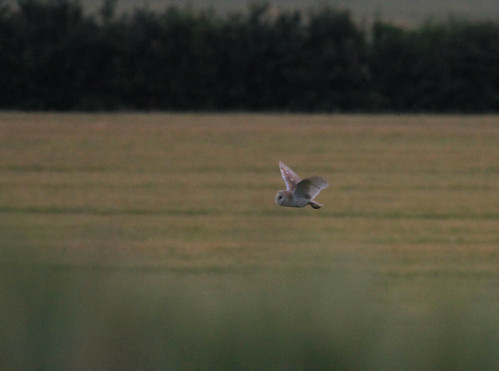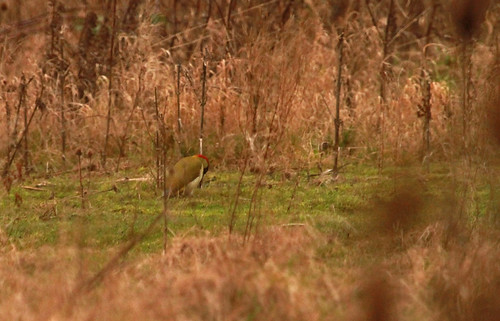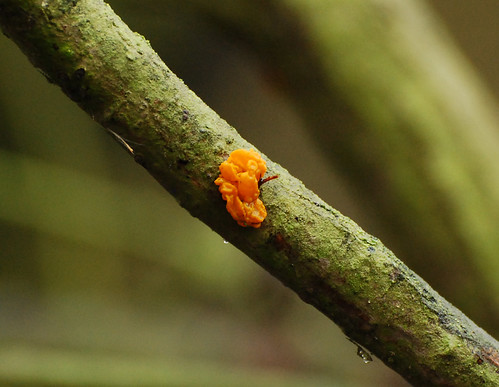The title of this post is unashamedly borrowed from the book “How to be a bad birdwatcher” by Simon Barnes (The Times sports writer and RSPB columnist), which I started reading today while I was waiting for my son to finish his swimming lesson. Having discovered what was meant by ‘bad birdwatching’ I can’t think of a better way to describe my fascination with birds and wildlife:
“…the first aim of being a bad birdwatcher: the calm delight of the utterly normal, and the rare and sudden delight of the utterly unexpected”. Genius.
I’ll write a review of the book when I’ve finished it, but please don’t hold your breath, reading a book is a fragmented and necessarily slow process these days.
Please forgive my rambling but there is a point to this. This morning I was planning to head to the lake beside the A14 between Histon and the northern edge of Cambridge to look for grebes, geese, ducks and cormorants. However, in the course of the last week I’ve seen green woodpecker on several occasions in and around the carpark at work on Cambridge Science Park. As I still don’t have a good photograph of a green woodpecker I reasoned an early morning stroll around work may enable me to put that straight. So that is where I headed.
Initially there were no woodpeckers to be seen but on a dull grey morning the trees and bushes were alive with birdsong:

Robin singing his heart out in an alder tree. He wasn’t alone, plentiful dunnock and wrens were doing the same…

…as were numerous greenfinch, but this one clammed up as soon as I tried to photograph him. (Whilst taking this picture I was approached by a security man who said my camera looked like a shotgun. With the lens hood on at full zoom maybe a blunderbuss… but not a shotgun, surely!)
Cambridge Science Park is located on the northern edge of Cambridge bordered by the A14 to the north and the A10 to the east, it is around 1km in diameter and in keeping with the rest of this part of Cambridgeshire is as flat as a pancake. It was created in 1970 and some of the old trees and scrub remain between the buildings and the landscaping. These, along with small lakes and streams in drainage ditches form a good variety of habitat which is generally undisturbed.
 I’ve worked on Cambridge Science Park for 15 years but I had no idea this WWII pillbox was tucked away in the undergrowth until yesterday. (The pole in front of the dog has bat boxes at the top so I was very pleased to see the proactive approach to conservation).
I’ve worked on Cambridge Science Park for 15 years but I had no idea this WWII pillbox was tucked away in the undergrowth until yesterday. (The pole in front of the dog has bat boxes at the top so I was very pleased to see the proactive approach to conservation).
Consequently there is alot of birdlife, from kestrels and sparrowhawks to water birds – ducks, coot, moorhen – and songbirds – greenfinch, goldfinch, great tit and I’ve seen goldcrest and lapwing on rare occasions. There are plentiful rabbit too and as a result it’s not uncommon to see foxes out the window hunting for a meal.
The Science Park was vibrant with birdsong during my walk and as time progressed the sun came out and it got warmer. I didn’t see any unusual species but the sheer numbers and volume of sound made for a very enjoyable walk.

One of numerous dunnock livening up the Science Park with their Springtime singing…

…and one of a flock of long tailed tit

A male great tit feeding on one of several bird feeding stations

… a magpie

…and a moorhen
Lots of birdlife to be seen, and all within a 500m radius of where I work. But I still hadn’t seen a green woodpecker. So I decided to head over to the lake within 500m of the Science Park where I know there are waterfowl including greylag geese… and green woodpeckers.
The lake didn’t disappoint. There were moorhen, mallard, greylag geese, great crested grebes – and even a single green woodpecker which was flushed up from the ground and disapperad into some distant and inaccessible trees.

Male, left, and female mallard
 Greylag goose
Greylag goose
The greylag goose is the bulkiest of the Anser goose genus and is the species (Anser anser) from which domesticated geese originate. Studies of greylag geese led the zoologist Konrad Lorenz to rediscover the theory of imprinting – the phenomenon you are probably familiar with, of baby nidifugous birds (those which leave the nest at a very early age) imprinting on their parents, which can be a human being if that is the first creature they encounter after hatching.
Konrad Lorenz was an interesting man and a glance at his Wikipedia entry reveals he was an Austrian biological scientist, born in 1903. He graduated from Vienna University as a medic in 1928 and received his zoological doctorate in 1933. He joined the Nazi Party and indicated his support for their ‘racial hygeine‘ theories (one of the worst obscenities of the 20th century in my opinion), accepted a chair at the University of Konigsberg in 1940, joined the Wehrmacht as a medic and was shortly after captured by the Russians and eventually repatriated to Germany in 1948. He went on to study aspects of animal behaviour, later extrapolating these to apply to humans, and in 1973 he received the Nobel Prize for medicine for studies on social behaviour patterns.
Returning to natural history, there was a pair of great crested grebe on the lake which I were hoping were going to display:

But this time I was unlucky. When displaying, they swim away from each other then turn simultaneously and swim rapidly toward each other and when they meet they rear up in a necking dance before repeating the whole process. I haven’t yet been able to get photographs of this beautiful courtship ritual, but I’ll keep looking.
I said at the top of this post that there was a point to the ‘bad birdwatching’ reference. I set out yesterday specifically to try to photograph green woodpeckers which I think are spectacular. I only caught a fleeting glimpse of a woodpecker, and no pictures, but I had a lovely time looking and seeing all the other wildlife.
So I guess by Simon Barnes definition I’m a fairly shabby example of the birdwatching fraternity! But I’ll live with that.
 A pair of green woodpeckers – (Picus viridis, Dansk: grønspætte) the male is on the left and he’s eyeing the lady with single-minded intent
A pair of green woodpeckers – (Picus viridis, Dansk: grønspætte) the male is on the left and he’s eyeing the lady with single-minded intent









 Green woodpecker (Picus viridis, Dansk: grønspætte) mining ants next to the car park at Fen Drayton lakes and fastidiously refusing to look up
Green woodpecker (Picus viridis, Dansk: grønspætte) mining ants next to the car park at Fen Drayton lakes and fastidiously refusing to look up Great spotted woodpecker (Dendrocops major, Dansk: stor flagspætte) patrolling the treetops
Great spotted woodpecker (Dendrocops major, Dansk: stor flagspætte) patrolling the treetops A small fraction of a much bigger flock of lapwing, I make it 84 in this group
A small fraction of a much bigger flock of lapwing, I make it 84 in this group A blue tit deftly plucking seeds from a swaying reed seedhead
A blue tit deftly plucking seeds from a swaying reed seedhead Goldeneye drake – elegance personified
Goldeneye drake – elegance personified



















































